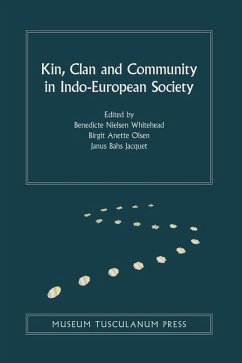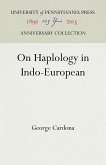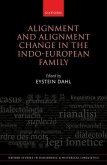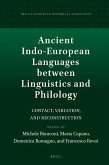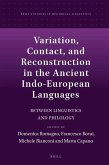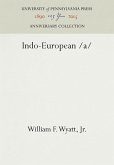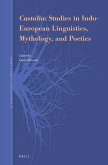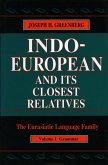This book analyses the latest trends in Indo-European studies, combining linguistic study with insights from archaeology, anthropology and genetics in an attempt to shed new light on the social structure of the pastoralist society of Proto-Indo-European speakers. An introduction on the benefits of approaching Indo-European studies from an anthropological angle precedes nine chapters representing the book's two parts: one on kinship terminology and family structure, and one on wooing and marriage. Part one includes a lengthy overview of Proto-Indo-European kinship terminology, as well as five chapters on individual branches: Anatolian, Avestan, Latin, Germanic and Albanian. Part two comprises a chapter on consanguinity and marriage in early Indo-European societies, one on Anatolian marriage and marriage types, and one on the processes and rites related to wooing. Together, these form the first study of Indo-European family structure to draw on linguistics, archaeology and genetics, an important contribution to our understanding of how social and family structures developed in prehistoric and early historic times.
Hinweis: Dieser Artikel kann nur an eine deutsche Lieferadresse ausgeliefert werden.
Hinweis: Dieser Artikel kann nur an eine deutsche Lieferadresse ausgeliefert werden.

